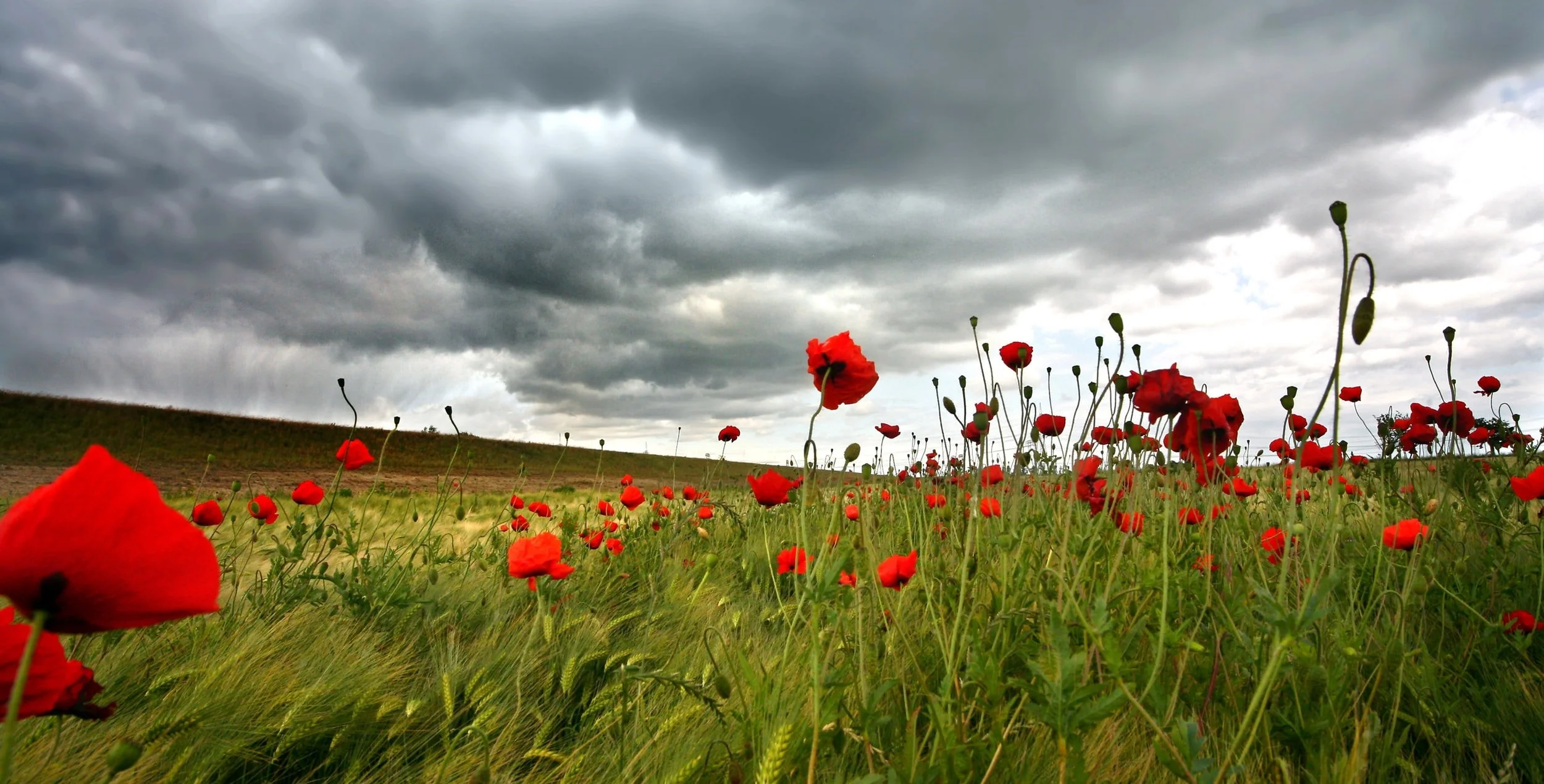Stefan Banic was a Slovak inventor who constructed a prototype of a parachute in 1913 and tested it in Washington D.C. in front of the U.S. Patent Office and military representatives by jumping from a 41-floor building and subsequently from an airplane in 1914. When no one was interested in buying his invention, Mr. Banic donated his patent to the United States Army Balloon Corps, in return for which the Army made him an honorary officer, even though he never could obtain United States citizenship. His patented parachute became standard equipment for U.S. pilots during the First World War.
July 5: Day of Saints Cyril and Methodius
Saints Cyril and Methodius have shaped the history of Christianity and even language in Eastern Europe. By translating the Holy Bible into the Slavic languages, they were able to convert many Slavs to Christianity. Their efforts have resulted in the existence of the Cyrillic Alphabet through the development of the Glagolitic Alphabet, for example. July 5 is the day when the Saints’ far-reaching efforts are recognized.
An Army with No Country: A Siberian Odyssey
It’s the First World War, and the Czechoslovaks got to get their soldiers from Ukraine to France, but without going through a Central Powers country or a sea without enemy ships. What do they do? Naturally, they go East: fight through the Bolsheviks, take over the Russian railway network, capture most of Siberia, and reach Vladivostok before the ships arrive to get you home. All this while losing less than 10% of your men over three years of fighting. It might sound crazy, but this is just the 2nd part to the story of the Czechoslovak Legion.
An Army with No Country: The Czechoslovak Legion in Europe
They were men without their own country, living split up among not one, but two mighty empires. When the Great War came and those empires began to crumble, those men took up arms in the struggle, and fought so that one day they too would have their own nation. These were the men of the Czechoslovak Legions.
Rock Music in Czechoslovakia
The history on rock music in Czechoslovakia begins with its introduction in the early 1950s, beginning apolitically. By 1968, the apolitical aspect changed, in response to the 1968 Soviet bloc invasion, causing rock music to finally rebel and criticize the government, through satire and cryptic messaging, as the lyrics and content of rock songs were monitored.
Czechoslovakia and their only naval battle
Despite being a landlocked nation, Czechoslovakia had a naval army, one which fought a single battle. This singular battle took place on Lake Baikal in Russia during WWI. Being that Czechoslovakian soldiers fought so far away from their own nation and that they seemed unwelcome in Russia, the situation of their naval military grew more complicated.
Ten Popular Breweries in the Czech Republic
10th Anniversary of Krtek in Space
Jan Žižka
Věra Čáslavská: Athlete and Activist
Athletes have long been using their high-visibility platforms to comment on social issues and raise awareness. Věra Čáslavská, a gymnast from the now Czech Republic, is not only famous for her unparalleled success at the Olympic Games but her strong stance against the Soviet invasion of her country.
Prague Spring
The Mystery of the Voynich Manuscript
In 1912, a strange manuscript surfaced in the collection of an antique-bookseller. It is written in a language that is not found anywhere else, contains pictures of plants that can not be identified, and astrological charts that don't match any records. The text today is known as the Voynich Manuscript, and it has been called one of the most mysterious books in the world.
Ice Hockey: One of the Czech Republic's Most Popular Sports
The Mullet: The Most Infamous Haircut of All
“Veselé Velikonoce!”, Unique Czech Easter Traditions
Helga Weiss - How a young Hero survived Terror through Art
The Golden Age of Hollywood and Czech Crystal
In classic Hollywood films, beautiful women are swept off their feet by modern men who work hard to earn their place in society. The characters are well-defined, action-oriented tools of the narrative. But more than that, the actresses became celebrity icons of culture, parading in beautiful costumes and adorning their ornate homes with enviable things, including handmade imported Bohemian Crystal boudoir accessories and perfume bottles. You may recognize some of these paragons of classic American culture, including Liz Taylor, as they pose below with perfume bottles and crystal pieces on their vanities.
Traveling the world from homes' safety
Cooking Czech style dishes can be a great way to do all of these things. Czech cuisine consists of thick soups and many kinds of sauces, both based on stewed or cooked vegetables and meats, often with cream and baked meats with natural gravies, are popular dishes usually accompanied with beer, especially Pilsner. Czechia natives consume the most in the world. These dishes include ingredients that you already have in your home or readily available in most grocery stores.
Bohemian Glass Artistry
Having a rich and extensive history of glass working, historical findings show evidence of glass processing in the Bohemia region at the beginning of the Christian calendar about 2000 years ago. Although Bohemian glass working experienced many revivals and declines, it has consistently remained revered in the international stage throughout the years.

























